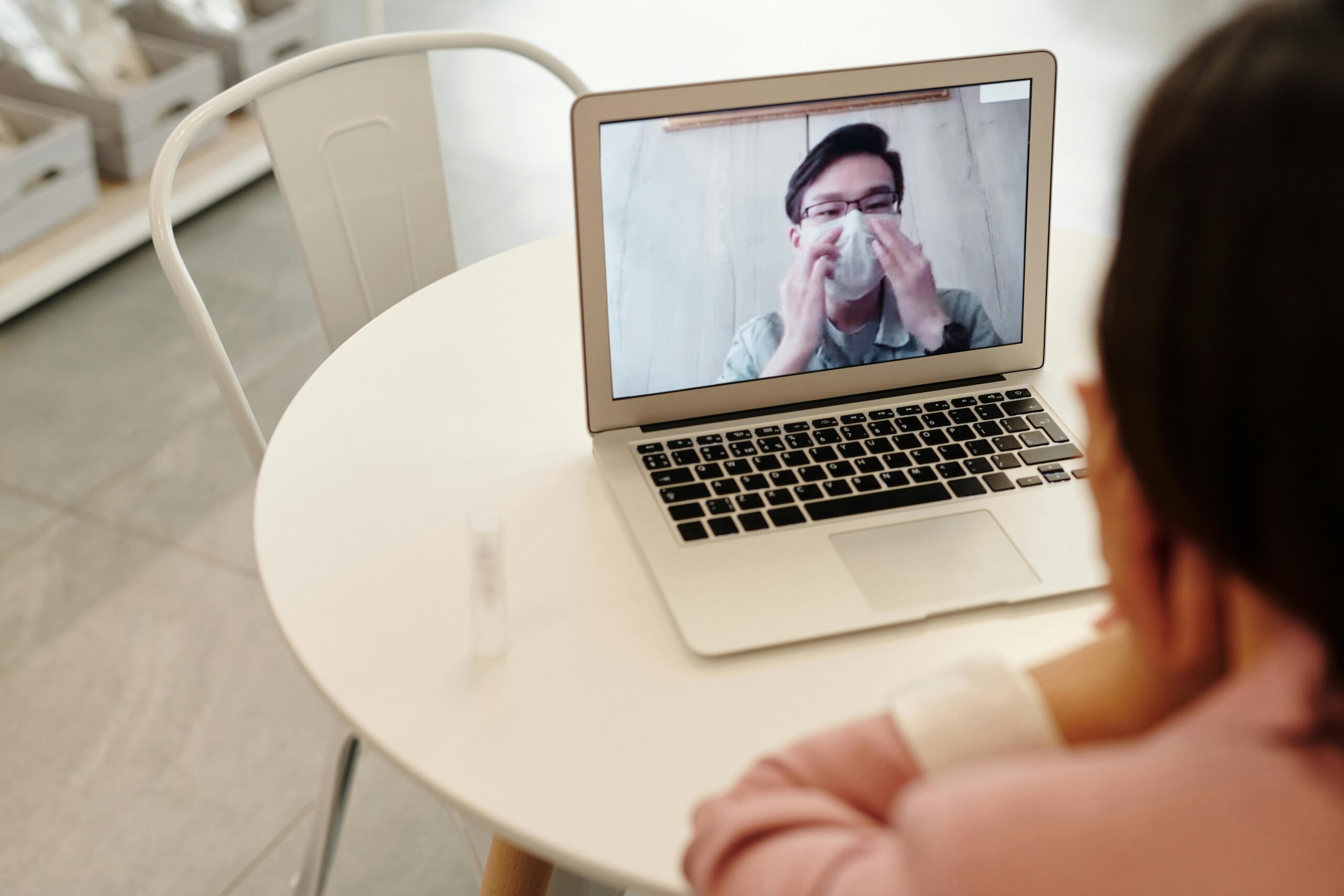Remote patient care is changing the way chronic illness patients get treatment by making it more accessible, consistent, and personalized. Effective, safe, and accessible, this method is becoming more and more popular as it enhances patient results and satisfaction. The following are the seven best methods of remote patient care to provide useful assistance to those under chronic illness management.
Increased Access to Healthcare
Consistent access to healthcare is crucial for people with chronic diseases; remote patient care removes the geographical constraints to appropriate medical treatment. Patients from rural or underprivileged backgrounds can have few choices for healthcare. Hence, they must travel great distances to see experts or even just basic treatments. Supported by digital technology, remote patient care helps these individuals access medical specialists, guidance, and check-ups from the comfort of their own homes. Medical help is available at any time due to virtual consultations, telehealth platforms, and online monitoring tools, therefore lowering the need for time away from work and family or transportation.
Continuous Monitoring and Timely Interventions
Early detection of probable consequences in chronic illness patients can help them avoid hospitalizations and other serious health problems. Blood pressure monitors, glucose meters, wearable sensors, and other remote patient monitoring tools send data in real-time to doctors, thereby enabling ongoing patient status monitoring. This continuous flow of information presents a realistic view of a patient’s health state, therefore alerting care workers to any anomalies that could call for quick response. Regarding alarming tendencies, healthcare professionals can act quickly with advice, drug changes, or other required therapies.
Personalized and Adaptive Care Plans
Customized treatment plans catered to the individual’s health state, lifestyle, and personal demands help frequent chronic illnesses such as diabetes, hypertension, and heart disease to be managed. Remote patient care helps doctors change their treatment plans depending on real-time data, therefore customizing the strategy for every patient. Physicians can observe how a patient responds to medicine, lifestyle modifications, or other interventions and adjust the plan as necessary by means of ongoing observation. This flexibility is essential as chronic illnesses are dynamic, and their symptoms vary in response to different variables.
Enhanced Patient Engagement and Education
Remote patient care encourages people to participate actively in their healthcare by stressing strongly patient involvement and health education. Using digital channels, patients have tools, resources, and instructional materials that enable them to better grasp their diseases and the actions required to control them. Regular contacts with healthcare experts and access to instructional materials via applications and internet portals help patients develop responsibility and drive. Often resulting in greater self-management, patients are more informed about their symptoms, causes, and how lifestyle choices affect their diseases.
Reduced Healthcare Costs
Remote patient care has the potential to drastically lower healthcare expenses for chronic illness patients, benefiting both individuals and the healthcare system overall. Remote patient care helps to reduce needless hospital visits and admissions since any problems are discovered and resolved before they become serious. Consulting a trusted remote patient monitoring company that can give continuous health tracking so that patients can remain at home while still being followed, thereby minimizing the expenditures associated with in-person visits and longer hospital stays. Furthermore, being able to digitally interact with healthcare professionals helps one save money on travel costs and missed revenue from time off from employment.
Improved Quality of Life and Convenience
Chronic illness patients can have limited mobility or energy, making regular trips to healthcare institutions difficult. A handy substitute that lets patients get medical help without leaving their houses is remote patient care. Those with problems that make travel difficult notably benefit from this convenience as it lets them more regularly follow their treatment programs. Remote care’s adaptability helps patients’ regular activities as well, thereby minimizing interruptions and raising the general quality of life. Eliminating the requirement for in-person encounters helps patients avoid the physical strain of travel as well as the time and effort required in regularly scheduling visits.
Data-Driven Decision Making and Preventive Care
Remote patient care enables healthcare practitioners to make educated, data-driven decisions based on live health data. Constant observation helps to gather a lot of health-related data, therefore offering insights on trends, patterns, and possible health hazards particular to every patient. Early on analysis of this data helps healthcare professionals identify indicators of either deterioration, improvement, or possible problems, therefore helping preventative care. Maintaining stable health and lowering the risk of unexpected exacerbations depend on preventative treatment for those with chronic diseases.
Conclusion
Integration of remote patient care for patients with chronic diseases offers a lot of advantages that result in improved health outcomes, greater quality of life, and lower healthcare costs. Remote patient care lets patients better control their diseases by means of constant monitoring, customized treatment, and easily available medical assistance, therefore enabling healthcare practitioners to make focused, prompt interventions. Remote patient care is a vital breakthrough in chronic illness management as the healthcare sector is now more equipped to help patients in a way that empowers them and stresses their well-being by means of technology and creativity.







Leave a Reply